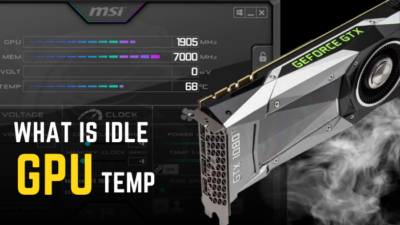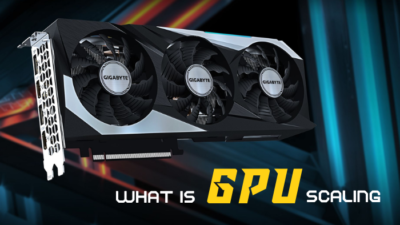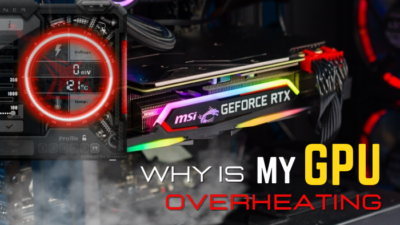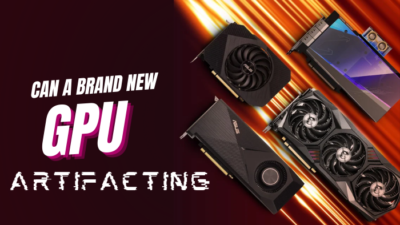Having a powerful Gaming PC brings a boastful feeling to its owner’s mind, but axiomatically it’s not mandatory for every user. Although nothing goes wrong if you have a powerful Graphics Card on your PC, it’s a waste if you don’t use it for Gaming.
However, gaming is not the only concern of GPU, some professional works are only possible with high-end graphics cards.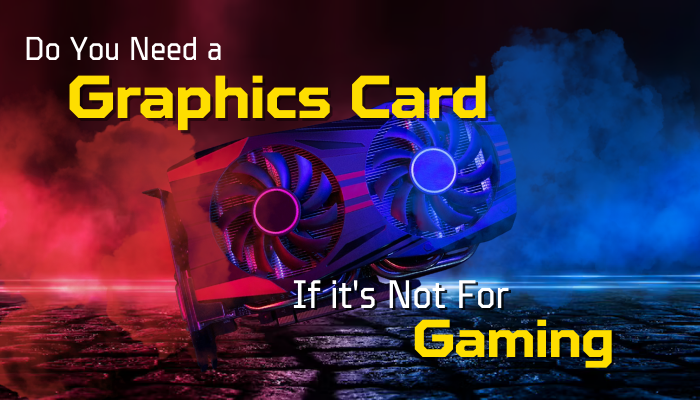
Let’s get started with the explanation of Graphics Card requirement scenarios.
When Do You Need a Graphics Card Except for Gaming?
As we all know, the graphics card market share mainly targets the gamer community, formidably that branding & marketing will follow the gaming trend rather than professional use cases.
For instance, most higher-tier motherboards’ names provide a gaming vibe, like一 Aorus, Tuff, Apex, MEG, Dragon, Rog, Steel Legend, and more. These are extremely popular around the PC community.
But, If I ask you to tell me some professional motherboard series names, would it be easy?
I guess it’s relatively more complicated, as we hardly hear those names. Luckily, I had to choose one while building my own PC regarding the professional Desktop interior I wanted. Asrock has Tai-Chi series mobos which I selected for my rig.
However, all the other gaming motherboards are made to serve professionals altogether. So, manufacturers avoid releasing professional motherboards separately.
But Graphics Card manufacturers emphasize the Creator Community to a different level, which is good. Nvidia releases their Founder Edition Cards, offering a stealthy look and non-gaming vibe.
Similarly, other renowned brands design some of their GPUs as well. You’ll wonder to know What a graphics card does besides gaming.
So, you can realize how important the Creator Community deserves and is adored by most manufacturers.
Go through our epic guide on why do Graphics Cards have memory?
Here are some use cases and work areas that need Graphics Cards other than gaming:
3D Modeling, Animation, VFX & Game development
 The workload of 3D is the most GPU-intensive of all. Unsurprisingly, game development heavily relies on 3D software like Unreal Engine, Unity, Autodesk Maya, Amazon Lumberyard, and many others that need the highest-tier GPU.
The workload of 3D is the most GPU-intensive of all. Unsurprisingly, game development heavily relies on 3D software like Unreal Engine, Unity, Autodesk Maya, Amazon Lumberyard, and many others that need the highest-tier GPU.
Moreover, 3D animation significantly influences graphics and image quality, integrating VFX for the output. GPUs like RTX A, Quadro, & T series are specially produced for these types of work and heavy loads.
Other than 3D animation, VFX is crucial in the movie industry. Top-class franchises are obsolete without VFX and 3D works.
Video Editing, Rendering, Graphics Design, & Compositing
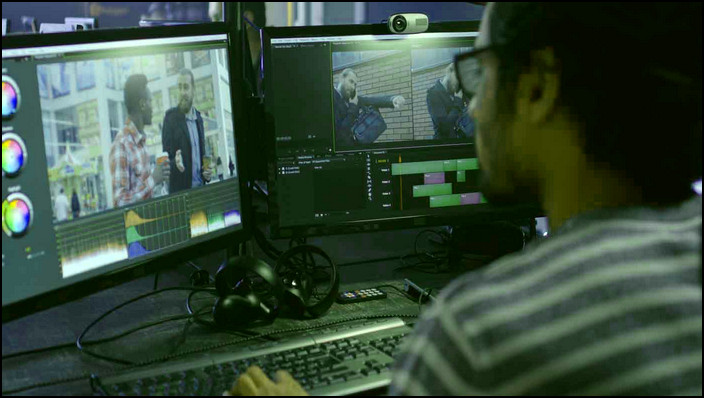 The Graphical Representation-based world is evolving rapidly. As a result, the demand for high-tier GPUs is increasing correspondingly to fulfill the high-resolution video demand on social media and YouTube.
The Graphical Representation-based world is evolving rapidly. As a result, the demand for high-tier GPUs is increasing correspondingly to fulfill the high-resolution video demand on social media and YouTube.
Content Creators are compelled to use GPUs like NVIDIA RTX 4080 and RTX A2000 series to render 4K or even 8K resolution videos. Plus, composting imaginary scenes into a video requires massive power from the GPU.
Since content creators travel a lot and need to edit their videos on the go, laptop manufacturers integrate powerful GPUs like RTX 2060 Ti to support those creators. Which clearly indicates the urge for GPU in such a business.
Research Works & Scientific Analysis
 Some underrated works of machine learning, AI, Research, Programming, Image Data Analysis, etc., stay under the hood, demanding enormous GPU power with more than the usual total available graphics memory.
Some underrated works of machine learning, AI, Research, Programming, Image Data Analysis, etc., stay under the hood, demanding enormous GPU power with more than the usual total available graphics memory.
Developers, Researchers, and Scientists can’t function without GPUs, even though the GPUs they use aren’t available in the mainstream market. But the RTX Titan series GPUs are widely known for complex calculation and processing.
Freshers in this niche start with mid-tier RTX 3060 GPUs, which also have an extensive demand on the market.
Crypto Mining
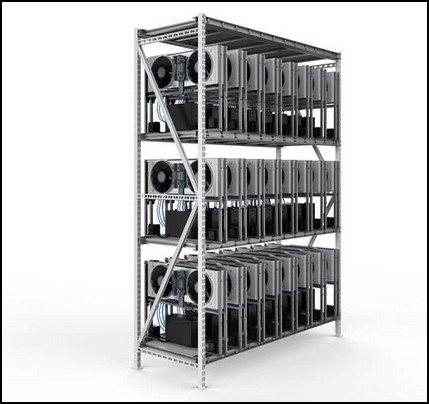 The most excessive use is mining. Crypto miners buy massive amounts of GPUs that the mainstream market has to suffer GPU scarcity. Recently blockchain technology has opened crypto-based sites and services, acknowledging it’s the most secure system.
The most excessive use is mining. Crypto miners buy massive amounts of GPUs that the mainstream market has to suffer GPU scarcity. Recently blockchain technology has opened crypto-based sites and services, acknowledging it’s the most secure system.
Multi-Monitor Setup
When it comes to specific needs, a multi-monitor setup is one of the appreciable reasons people buy one or more Dedicated GPUs to accrue more video output ports.
In fact, such users don’t require high-power GPUs in this case. But some rare gamers use SLI (Service Level Indicator) & Crossfire technology to run their games on multiple monitors. Therefore, they install powerful GPUs in their system.
Does Every Professional Work Require a Graphics Card?
No, there are lots of other professional works which don’t require DGPU. Some jobs, like typing, accounting, marketing, publishing, browsing, streaming, etc., run perfectly without discrete graphics.
That doesn’t mean such suitable PCs can run without GPU or can not handle graphics. Your PC must have graphics to show the display output to the monitor. Thus, almost all CPUs include low or decent profile integrated graphics for primary display output except Intel’s F series and all AMD CPUs excluding G Series.
But the greater good is that AMD CPUs have powerful enough integrated Vega & RDNA graphics to handle moderate GPU heavy works easily. Similarly, Intel CPUs added iris Xe iGPU in their Alder Lake CPUs.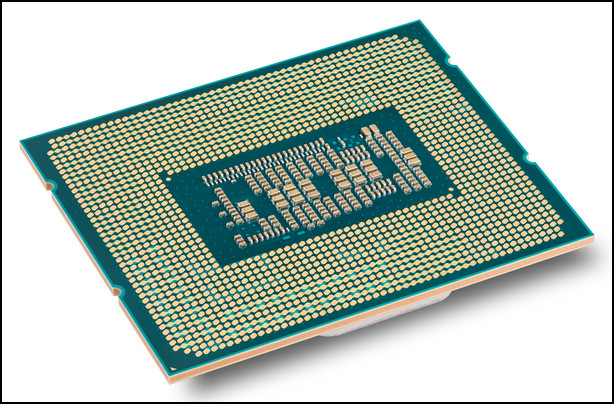
For Example, my PC has an AMD 5600G CPU with RDNA iGPU that can satisfy my need for basic to moderate photo editing with photoshop, 1080p video editing, and basic gaming needs.
The point is, everyone doesn’t even need any of such decent graphics-based work to do. Professional jobs like writing, banking, publishing, and browsing don’t mandate high or medium-tier GPU. The Intel UHD graphics is enough for similar users.
What is APU & How Powerful are Integrated Graphics?
Since AMD introduced the powerful iGPU, widely known as Integrated Graphics, it’s evolving at a large scale, forcing Intel to release iris Xe integrated graphics as well.
The processing power of iGPU has become so powerful that it can now handle any mid-tier workload like editing photos, FHD Video editing, File encoding, and Playing Blu-Rays effortlessly.
Furthermore, my own daily driver rig with Ryzen 5 5600G can back me up with respectable Frame Rates on Compititive Games Like Valorant, CS-GO, Apex Legend, & more. And the best part is I can even play AAA-type games like Assassins Creed Valhalla, Forza Horizon, Read Dead Redemption 2, The Wither, and a lot more.
However, such performance requires Dual Channel Memory Support with shared RAM allocation, plus the cooling system must be hefty with intensive ventilation of Casing, which is definitely worth it.
Seemingly the question arrives, where is the catch?
The answer isn’t straight; lots of games are only playable at 30-50 FPS on average with Medium settings. Thus, if you desire higher-resolution gameplay, it’s not even playable on such GPU. Similarly, 4K video rendering could give you a nightmare, let alone 3D work.
As a result, integrated graphics is decent on performance in most cases but not a viable option to pick if you want a professional outcome or a high-end gaming experience.
Does Every Game Require Dedicated Graphics?
There is a certain mixup about graphics nowadays because of the similar naming of GPUs. To clear things up a bit, let me categorize the graphics types.
Hearing the name GPU, the first thing that comes to the subconscious mind is a big separate PC peripheral that fits on the PCIe x16 slot. These are the actual graphics cards, which are installed or mounted separately on the motherboard. Such graphics are called – Dedicated Graphics, Discrete Graphics, & Graphics Card also.
Next, we’ll talk about the iGPU, which is integrated into the processor and is widely known as integrated graphics. These aren’t dismountable or removable from a rig, but you can keep them disabled by adding a dedicated graphics card to your system.
Such integrated graphics-based CPUs are popular and good for average users who don’t demand intensive use or very low-profile use. Plus, it is cost-effective as well.
Along with the integrated graphics built into Processor, laptops released with dedicated graphics soldered on their motherboard. Here comes the confusion: both graphics are integrated anyway, but laptop GPUs don’t work like the integrated GPU in processors. It’s the identical graphics we call dedicated graphics but a tad weaker in a laptop because of limited thermal cooling.
So, you get it; the dedicated graphics that need a PCIe x16 slot will perform best, depending on the model you choose. And a laptop with the exact model GPU will perform less than the Graphics card.
Rest integrated graphics is a decent choice for gamers targeting a playable experience with medium or low graphics settings, which varies over different games.
FAQs
Do you need a GPU and a CPU?
Of course, you need a CPU to turn a computer on, but a GPU is also required if your CPU has no integrated graphics.
How many GB is good for a graphics card?
A graphics Card with 6GB VRAM is enough for most cases, but 8 GB is preferable for a wide-use case.
Is it better to have more RAM or a better graphics card?
It depends on what tasks you need to perform. If your works are GPU-heavy, a GPU with a decent amount of RAM will perform well. Alternatively, you can add more RAM to increase the overall speed of your system.
Does a raphics card increase computer speed?
It’s a win-win situation for a system if you have a powerful GPU. Because heavy graphics programs will perform more along with a little push on overall system performance.
Final Verdict
The graphics necessity differs over the person and their niche. Gaming isn’t the only target for a GPU requirement, meaning there are a lot of other use cases that can mandate GPU intensity even more than gaming, as mentioned above.
Likewise, larger-scale users can even function appropriately with just basic display output. So, you have to determine whether you are a decent GPU-intensive user or advanced by judging your need.
Comment for more information about this topic, and also let us know your opinion on this article.

